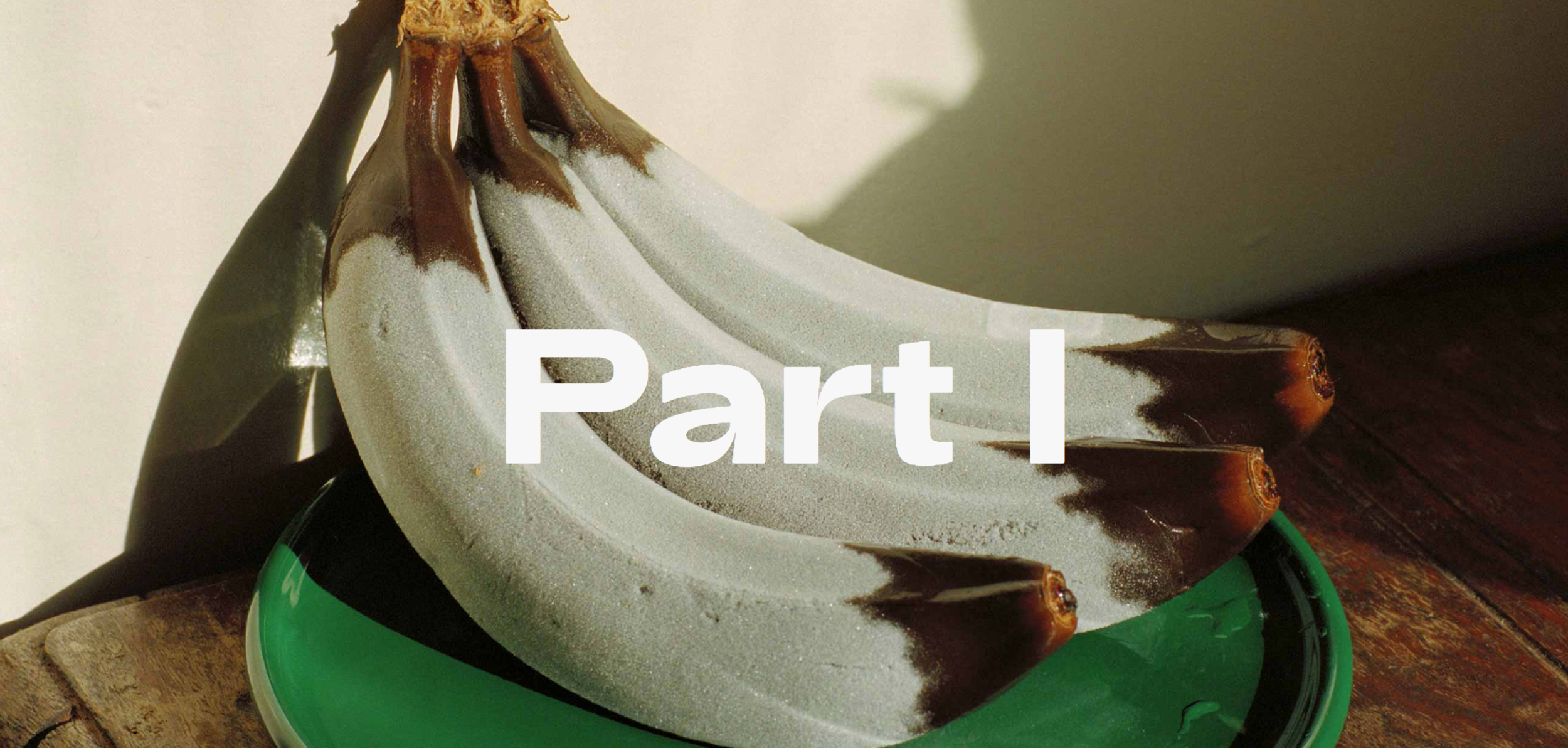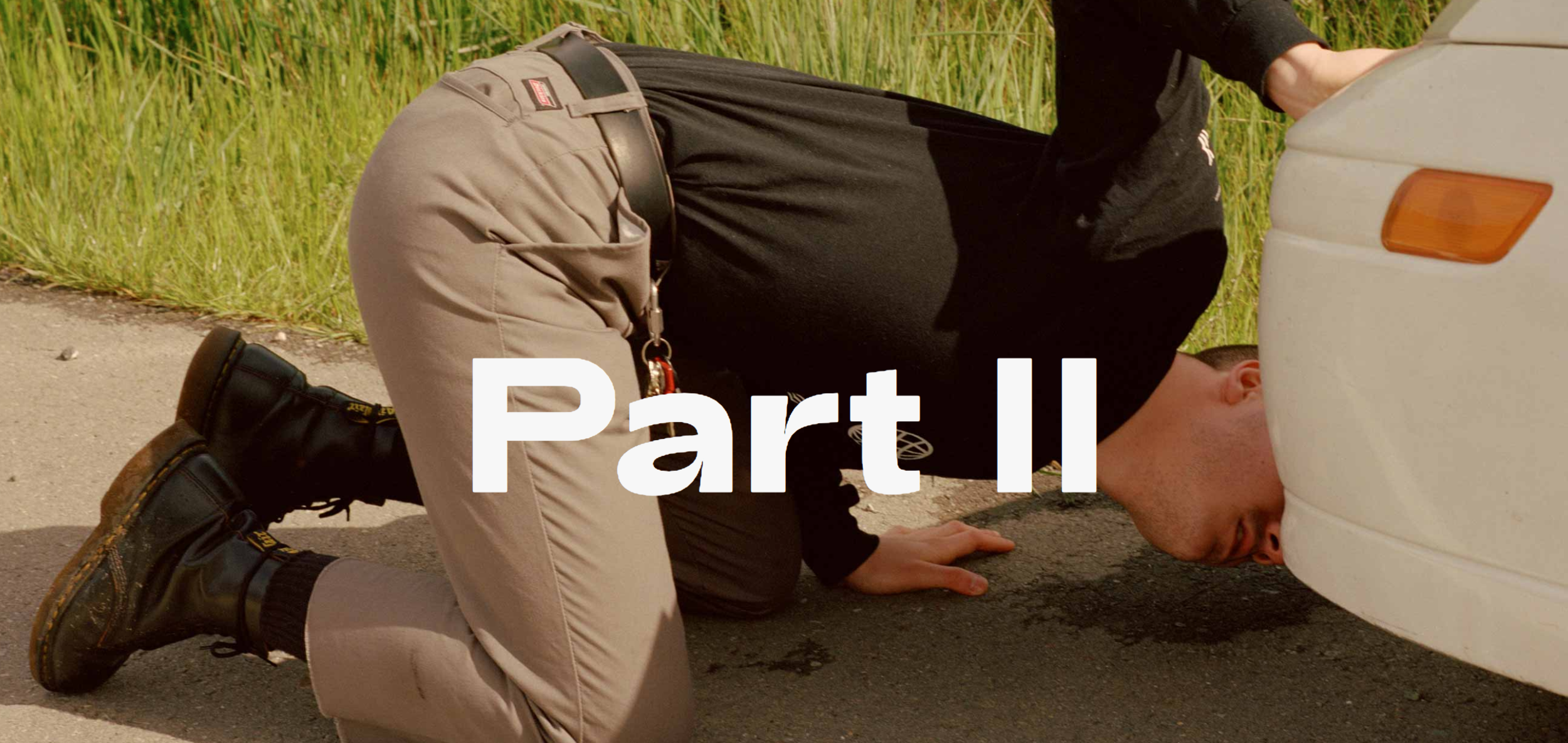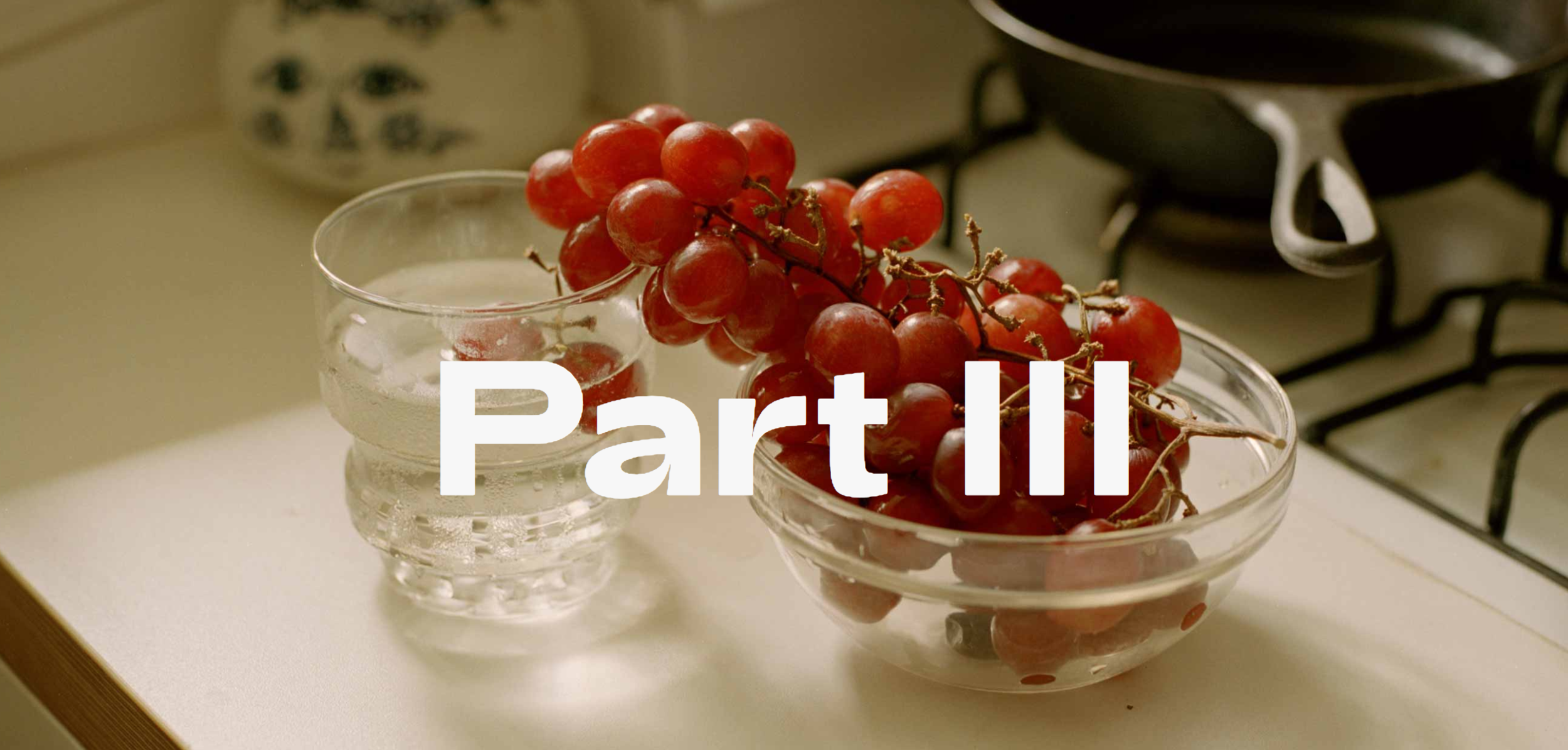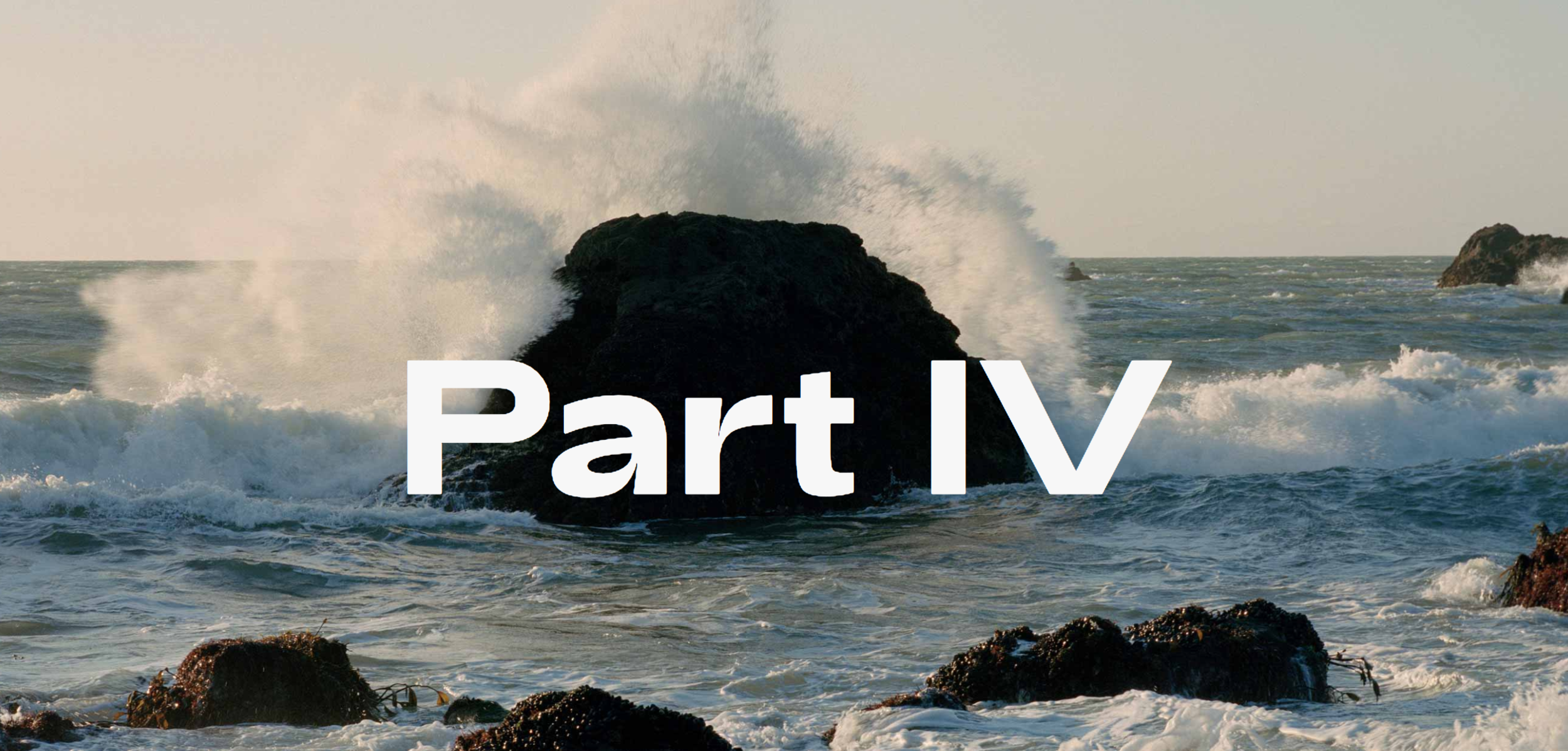I Could Live Without Speaking
A book-length project modeled after Autoportrait by Edouard Levé, published by Hazlitt in 2019.
Photos by Molly Matalon.
Introduction (read parts I—IV on Hazlitt)
In 2017, when I was still working on my book of essays, Tonight I’m Someone Else, I reread Autoportrait by Edouard Levé, a French writer who died in 2007. Each time I’ve turned to his work over the years, I become inspired all over again by the quiet intimacy of his books. I’m also not immune to the mythology around one of his other books: he turned in the manuscript for his novel, Suicide, 10 days before Levé himself committed suicide.
I’m interested in Levé’s work not only because I love his sentences, but because I’m interested in books as objects that have the capability to outlive the author. Most art has this quality—films are documents of actors speaking and moving long after they’ve died, records are documents of the way songs were sung and played at one particular moment in time. But the written word is what has fascinated me for most of my life, hence my interest in essays and its ability to capture one person’s line of thought at one point in time. It seems so specific, so small and quiet, and yet certain voices travel through time, reaching us when we need them. I happened to need Levé’s Autoportrait (published in 2005, two years before his death). I was fascinated by the way the book appears as one long, relentless block of text, and each declarative sentence feeds into the next. Sometimes they directly connect, sometimes they don’t. But, when read together, they begin to take on a human quality, as if the text itself is out of breath—desperate to get everything down before it’s too late.
The work below is the first of four parts of a project in which I wrote my own Autoportrait. Each sentence uses at least one (but usually three or four) words from each of Levé’s sentences, and I’ve followed the order and number of sentences exactly. So, for example, the first sentence is in Levé’s book is, “When I was young, I thought Life: A User’s Manual would teach me how to live and Suicide: A User’s Manual how to die,” and mine is, “When I was young, I thought running away was the answer.” In carefully following his sentences, they became like rapid-fire prompts for me, often resulting in a sentence written in a way I wouldn’t typically have written it, or recalling a memory I hadn’t thought about in years. Even though I was using his words to begin (or end) my own sentences, mine began to take on a totally different shape from Levé’s, resulting in entirely different confessions, memories, and recurring obsessions that unintentionally echo throughout the piece.
When I originally began this project, I thought it might become a long essay in my book. My editor and I eventually decided it wasn’t the right fit, but I continued the project on my own, simply because I found it so pleasurable. It was almost as if I was being supervised as I wrote. There’s a line in my version of Autoportrait that says, “I hesitate when given too much freedom. This project was a way of restricting my own freedom as a means of production: I always knew what to do and where to go. A lot of things have changed in the year since I completed this project, but I’ve decided not to edit the piece to reflect those updates, since the whole point was to document a certain moment in one’s life. Here is that moment of mine.



